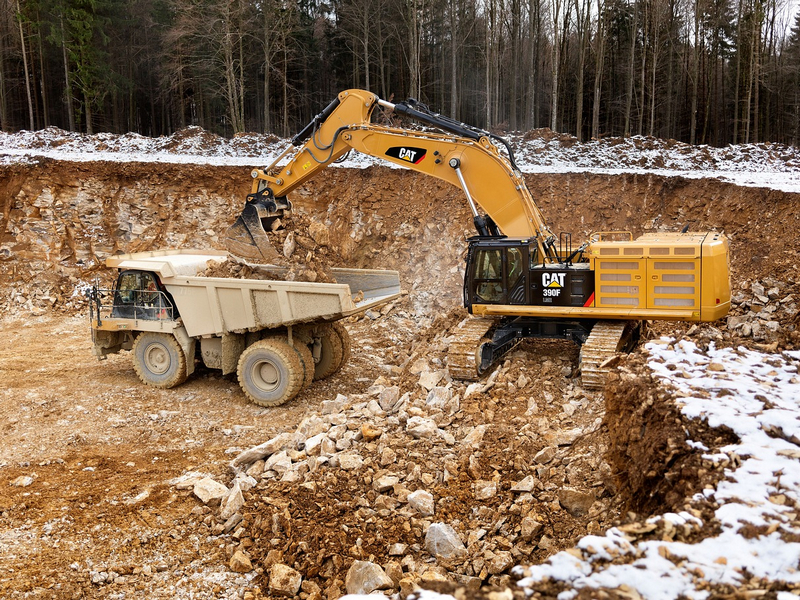As winter progresses and temperatures continue to drop, petrol engines in construction, sanitation, firefighting, rescue and equipment repair are facing severe tests. Just as the human body needs to keep warm to withstand the cold, engines also need careful maintenance to ensure their normal operation in low temperatures. In the face of the engine is difficult to start a common winter problem, the following four key measures will help you escort:

· Use the right petrol
The main difference between winter and summer petrol is the difference in vapour pressure (Reid's Vapour Pressure, RVP). In winter, the evaporation capacity of gasoline is weakened, so the state has specifically stipulated that high vapour pressure gasoline (69KPa) be supplied in winter (from 1 November to 31 March) to enhance the engine starting performance in the cold season. It is recommended to choose fresh, alcohol-free petrol of grade 92# or above supplied by regular petrol filling stations (e.g. Sinopec and PetroChina). Avoid using poor-quality petrol as ethanol petrol absorbs water vapour easily and may trigger carburettor icing at low temperatures, resulting in engine failure to start.
· Choose the right engine oil
At low temperatures, motor oil becomes thicker and less fluid. Therefore, it is crucial to choose the right oil for the local winter temperature. For most areas of China (-18°C to 40°C), it is recommended to use a large brand of winter/summer general-purpose engine oil, such as 10W-30 or 10W-40, with grades of SF and above. These oils ensure that the engine still runs smoothly at low temperatures.
· Correct Operation
Close the damper when starting the engine. At low temperatures, it is difficult for the oil supply system to fully gasify the petrol, and the damper can prevent part of the air from entering the cylinder, improve the oil-air mixing ratio, and help the engine to start smoothly. Once the engine reaches normal operating temperature, the damper should be restored to its normal state immediately to avoid black smoke, power loss and carbon build-up due to high fuel-air mixing ratio.
For engines with starter motors, it is critical to ensure that the battery is fully charged. Low temperatures reduce the chemical activity of the battery and affect the flow of electrons, thus reducing the actual discharge capacity. Therefore, before the ignition should check the battery power, if necessary, timely charging or replacement of the new battery, in order to prevent the loss of power leading to start failure.
· Choose the engine with excellent low-temperature starting performance
In the purchase of equipment, should be designated with excellent low-temperature starting performance of the engine. Most single-cylinder petrol engines that are common in winter and summer may not start smoothly below -18°C. Therefore, choose an engine with stronger low-temperature starting performance. Therefore, choosing an engine with better low-temperature starting capability is key to ensuring smooth winter operations.

In summary, by choosing the right petrol, the right oil, correct operation and a high-performance engine, we can effectively meet the challenges of extreme winter weather on petrol engines and ensure that all types of equipment can still operate stably in the cold season.